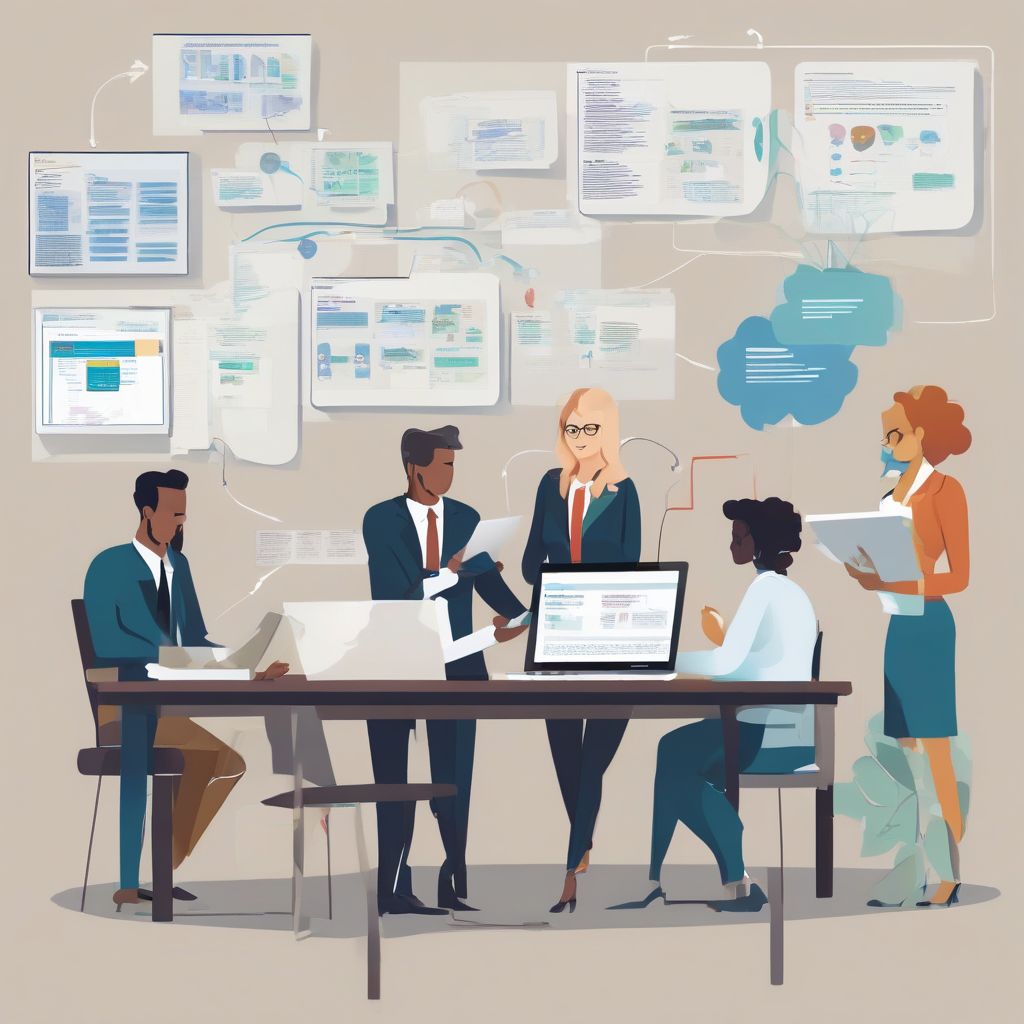In today’s digital age, businesses are constantly seeking ways to streamline operations, improve efficiency, and boost their bottom line. This is where Enterprise Resource Planning (ERP) systems come into play. But implementing an ERP system is not a one-time event; it’s a journey known as the Erp Life Cycle. This article delves into the intricacies of the ERP life cycle, its importance, and answers common questions surrounding it.
What is the Erp Life Cycle?
The ERP life cycle represents the different stages an organization goes through from the moment it decides to implement an ERP system to its ongoing use and eventual replacement. This cyclical process ensures that the ERP system remains aligned with the business’s evolving needs and goals.
Why is the Erp Life Cycle Important?
Understanding the ERP life cycle is crucial for several reasons:
- Successful Implementation: A structured approach ensures a smoother implementation process, minimizing risks and maximizing the chances of success.
- Optimal ROI: By following a defined life cycle, businesses can maximize their return on investment by ensuring the ERP system is properly implemented, utilized, and updated.
- Improved Business Processes: The life cycle encourages regular evaluation and optimization of business processes, leading to continuous improvement.
- Enhanced Agility: An ERP life cycle allows businesses to adapt quickly to changing market demands and technological advancements.
Stages of the Erp Life Cycle
The ERP life cycle typically consists of six distinct stages:
1. Planning and Assessment
This initial stage involves identifying the need for an ERP system, defining project scope, setting objectives, and securing executive buy-in.
2. Design and Configuration
Once the planning is complete, the next step focuses on designing the system architecture, configuring modules, customizing workflows, and ensuring data migration strategies are in place.
3. Implementation
This stage involves installing the software, migrating data, training users, and going live with the new system. This is often the most challenging and critical phase of the entire life cycle.
 ERP Implementation Phase
ERP Implementation Phase
4. Go-Live and Support
After the system goes live, it’s essential to provide ongoing support to users, resolve any post-implementation issues, and ensure smooth system operation.
5. Operation and Maintenance
This stage involves day-to-day system use, ongoing maintenance tasks, regular data backups, and software updates to ensure optimal performance.
6. Evaluation and Optimization
The final stage involves evaluating the system’s performance against predefined metrics, identifying areas for improvement, and planning for future upgrades or replacements.
Frequently Asked Questions about the Erp Life Cycle
Here are some common questions people ask about the ERP life cycle:
1. How long does an ERP life cycle typically last?
While the lifespan of an ERP system varies depending on factors like industry, business size, and technological advancements, most organizations plan for a life cycle of 5 to 10 years.
2. What are some common challenges associated with the ERP life cycle?
Common challenges include resistance to change, inadequate planning, poor data quality, insufficient training, and lack of ongoing support.
3. How can I ensure a successful ERP implementation?
Key factors for successful implementation include strong project management, clear communication, thorough testing, comprehensive training, and dedicated support.
Conclusion
Navigating the ERP life cycle can be complex, but understanding its phases and importance is vital for any business considering an ERP system. By approaching the process strategically and seeking expert guidance when needed, companies can harness the full potential of ERP and drive significant business value.